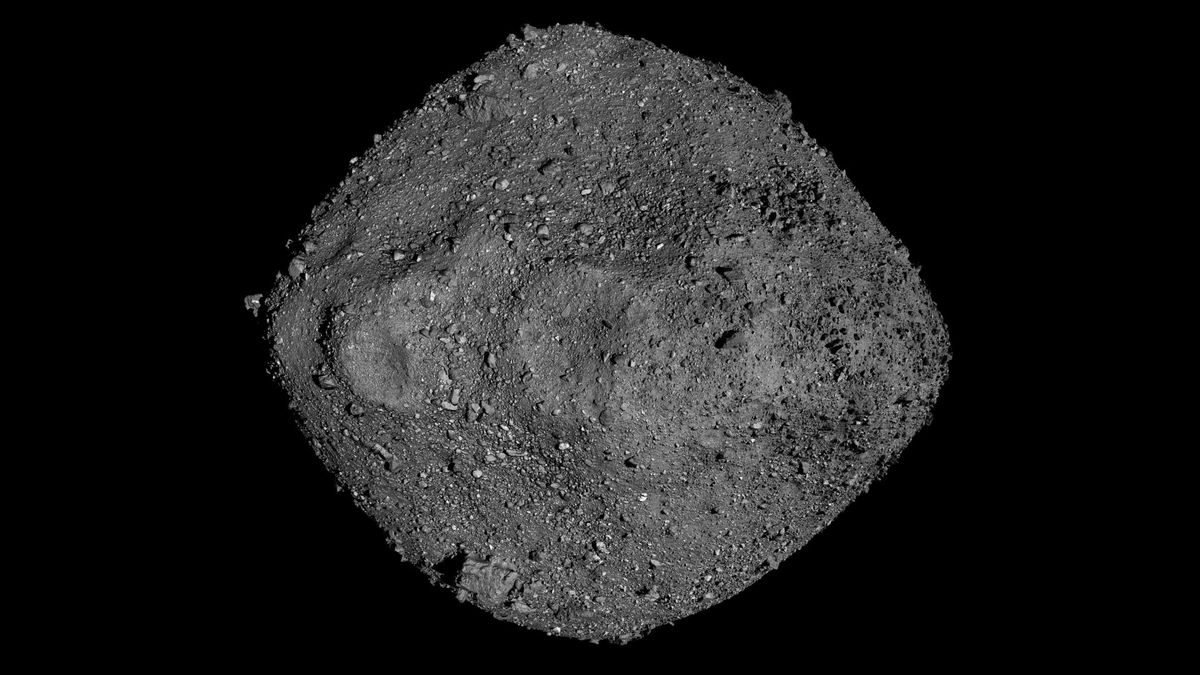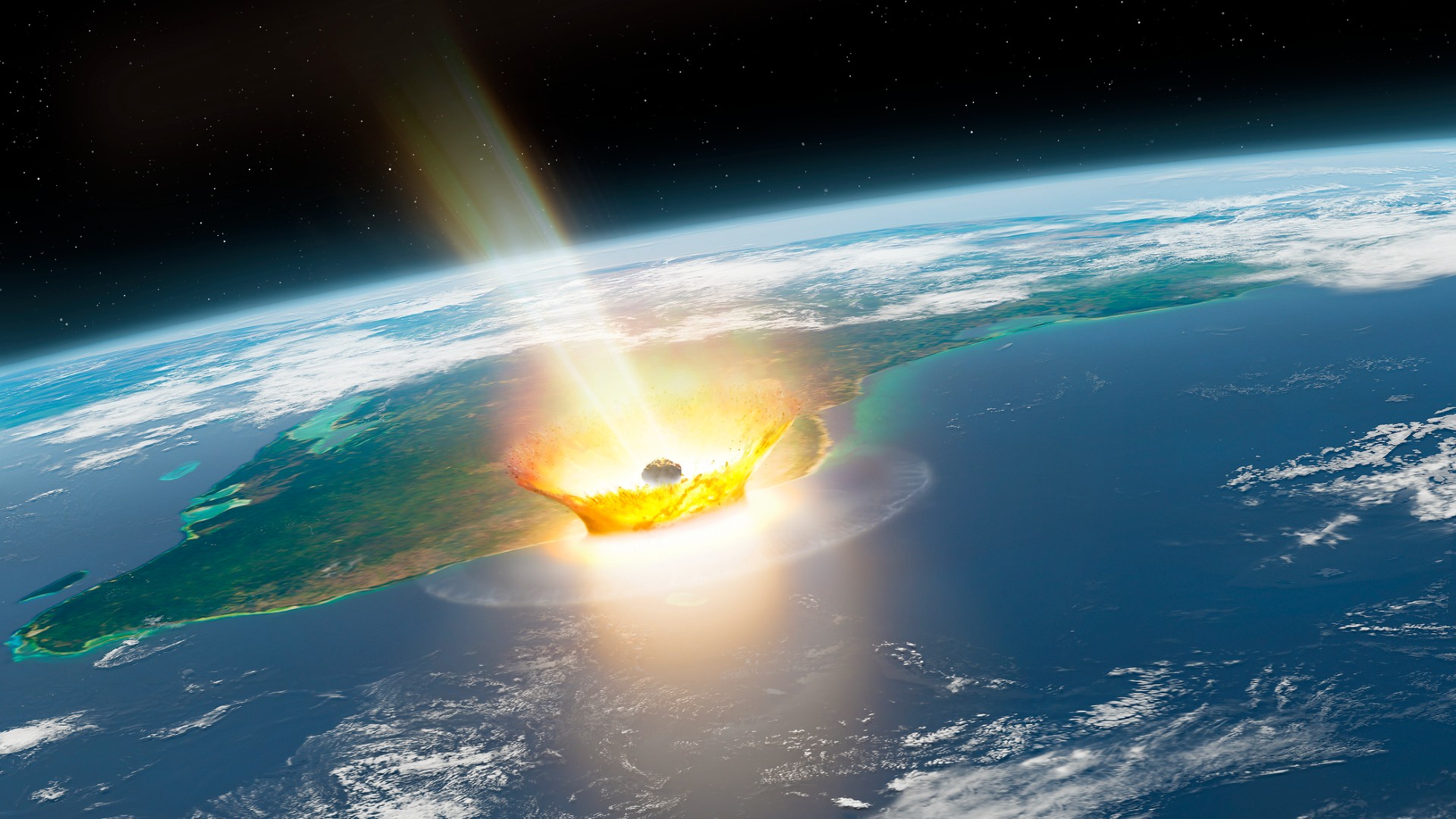
What could be the ramifications if Earth were to experience a catastrophic asteroid impact?
Although such an event would be calamitous, scientists at the IBS Center for Climate Physics (ICCP) at Pusan National University in South Korea are particularly interested in how Earth’s climate and ecosystems might react following such a collision. Their research indicates that the likelihood — approximately 1 in 2700, or 0.037% precisely — of asteroid Bennu, comparable in size to the Empire State Building, colliding with Earth in September 2182, is quite small. Bennu was the target of NASA’s OSIRIS-REx mission, which successfully landed on the asteroid in October 2020 to collect over 4 ounces of samples, which were returned to Earth and landed in Utah’s desert in September 2023.
While the odds of an impact from Bennu might seem concerning, they align with expectations. As Axel Timmermann, a professor at IBS and a co-author of the study, noted, “Medium-sized asteroids strike Earth roughly every 100,000 to 200,000 years on average. Consequently, early humans may have experienced such transformative events, potentially influencing human evolution and our genetic composition.”
Despite concerns about the low probability of Bennu hitting Earth, the researchers utilized sophisticated climate models and the supercomputer Aleph to explore potential outcomes following an impact.
“The consequences of a collision involving a medium-sized asteroid could lead to anything from localized devastation to widespread destruction,” Timmermann and his colleague Lan Dai highlighted in their analysis. “In addition to immediate effects such as heat, earthquakes, and tsunamis, asteroid impacts could result in prolonged climatic changes due to the release of substantial aerosols and gases into the atmosphere.”
Prior research has extensively examined the aftermath of the large Chicxulub asteroid that struck Earth about 66 million years ago, leading to the mass extinction of the dinosaurs. However, the most catastrophic consequences did not stem directly from the impact; rather, the 6-mile-wide (10 kilometers) asteroid released vast amounts of dust, soot, and sulfur into the atmosphere, triggering a global “impact winter.”
According to Dai and Timmermann, “The effects of medium-sized asteroid collisions have received less attention, despite occurring more frequently than ‘planet killer’ asteroids, yet still capable of significant global repercussions.”
The climatic impact of an asteroid collision hinges on factors such as the volume of dust released into Earth’s atmosphere, the regions affected, and the duration of their presence.
After simulating various scenarios, researchers determined that introducing around 100–400 million tons of dust into the atmosphere could significantly disrupt climate patterns, alter atmospheric chemistry, and diminish global photosynthesis for several years following the impact.
“The ensuing impact winter would create unfavorable conditions for plant growth, leading to an initial decrease of 20–30% in photosynthesis across terrestrial and marine ecosystems,” Dai explained. “This disruption could severely threaten global food security.”

In the most severe scenario, solar dimming attributed to the dust could lower the planet’s temperature by approximately 39 degrees Fahrenheit (4 degrees Celsius), decrease global precipitation by 15%, and reduce the ozone layer by around 32% — with potentially more severe effects varying by region.
Though these outcomes were somewhat anticipated, researchers were surprised to observe that oceanic data indicated that plankton might experience a quicker recovery compared to terrestrial plants. Instead of the fast decline and slow recovery seen on land, plankton rebounded within six months and even surged beyond their usual levels in the wake of the impact.
“We tracked this unexpected reaction to the iron concentration in the dust,” Timmermann explained, emphasizing that iron is a crucial nutrient for algae.
The upper crust of Earth contains about 3.5% iron, and any dust produced by an impact would transport these nutrients into the ocean, as well as any additional iron associated with the asteroid itself.
“Depending on the asteroid’s iron content and the terrestrial material propelled into the stratosphere, previously nutrient-poor zones could become enriched with bioavailable iron, stimulating remarkable algae blooms,” the scientists noted in their findings.
“The simulated increase of phytoplankton and zooplankton could greatly benefit the ecosystem and help address the food insecurity resulting from reduced land productivity,” Dai added.
Following such an event, the world would likely undergo drastic changes, with rapid cooling and ecosystem breakdown creating numerous survival challenges. Nevertheless, comprehending these possible consequences can aid in preparing humanity for future scenarios.
“Our simulated climatic and ecological responses to dust injections from medium-sized asteroid collisions set a foundation for assessing potential effects of abrupt events on life on our planet,” they concluded.
The research titled “Climatic and Ecological Responses to Bennu-Type Asteroid Collisions” was published in the journal Science Advances on February 5.









